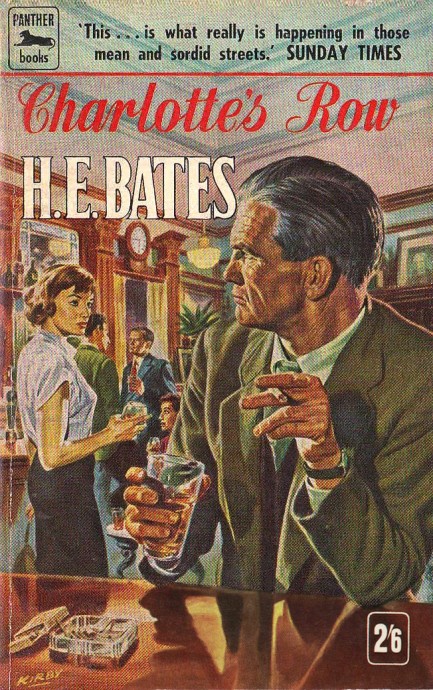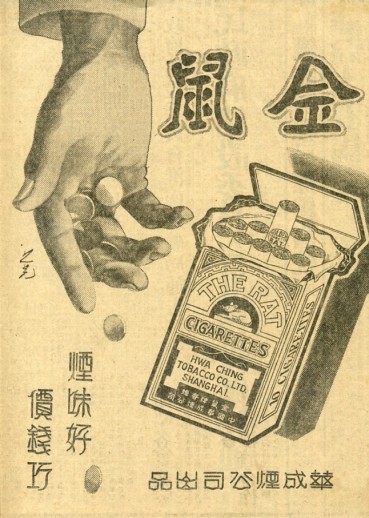 Hey everyone, I'm looking for a Master H.E. Bates. Is there anyone here who's Master Bates? 
Author of numerous novels, short story collections, essays, and three—count 'em three—autobiographies, H.E. Bates has been described by numerous critics and peers as a master storyteller. Which makes him master Bates. We know—we're totally juvenile. We blame the booze. Also, he wrote a book called Spella Ho, a tricky grammatical proposition we've discussed in the past. There we go being juvenile again. It's inappropriate, because Bates was an important author who had major literary game and deserves a serious discussion. But not today. It's Friday. We have cava sangria chilling and the PI girls waiting. We will tell you, though, that Charlotte's Row is an early Bates novel, coming in 1931, and that this Panther Books paperback edition appeared in 1958. The story deals with an alcoholic bootmaker and his daughter, who live in poverty on the eponymous street. It's a detailed chronicle of the soulcrushing conditions in British factory towns around the turn of the last century, which is to say it's Dickensian rather than pulp, but we shared this anyway because we love the cover by Josh Kirby. We may or may not return to master Bates, but we will definitely see Kirby's excellent work again. For now, you can have a look at two more great examples of his genius here and here, and an entire gallery at his website here.
|
 |

The headlines that mattered yesteryear.
2003—Hope Dies
Film legend Bob Hope dies of pneumonia two months after celebrating his 100th birthday. 1945—Churchill Given the Sack
In spite of admiring Winston Churchill as a great wartime leader, Britons elect
Clement Attlee the nation's new prime minister in a sweeping victory for the Labour Party over the Conservatives. 1952—Evita Peron Dies
Eva Duarte de Peron, aka Evita, wife of the president of the Argentine Republic, dies from cancer at age 33. Evita had brought the working classes into a position of political power never witnessed before, but was hated by the nation's powerful military class. She is lain to rest in Milan, Italy in a secret grave under a nun's name, but is eventually returned to Argentina for reburial beside her husband in 1974. 1943—Mussolini Calls It Quits
Italian dictator Benito Mussolini steps down as head of the armed forces and the government. It soon becomes clear that Il Duce did not relinquish power voluntarily, but was forced to resign after former Fascist colleagues turned against him. He is later installed by Germany as leader of the Italian Social Republic in the north of the country, but is killed by partisans in 1945.
|

|
|

It's easy. We have an uploader that makes it a snap. Use it to submit your art, text, header, and subhead. Your post can be funny, serious, or anything in between, as long as it's vintage pulp. You'll get a byline and experience the fleeting pride of free authorship. We'll edit your post for typos, but the rest is up to you. Click here to give us your best shot.

|
|






































































